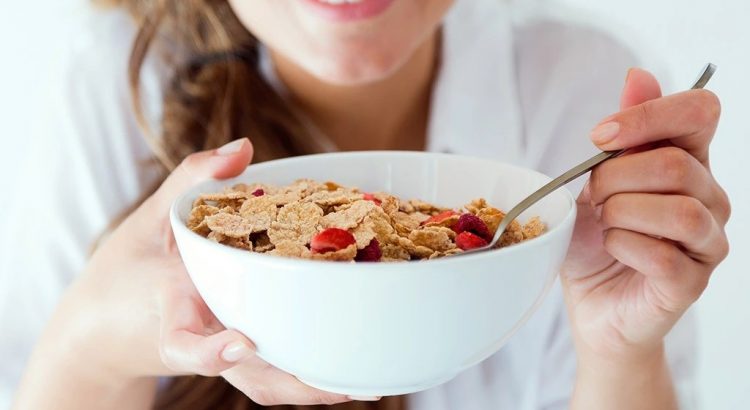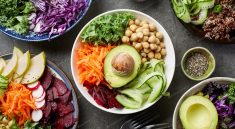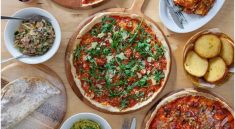You probably won’t be surprised to learn that food dyes are used in packaged macaroni and cheese, canned frosting, and breakfast cereals, but would you ever anticipate seeing them in sandwich bread, salad dressing, or microwave popcorn? In actuality, there are now a tonne of goods on grocery store shelves that include color additives. Why? They can improve foods that aren’t naturally coloured, intensify those that are, and aid prevent color loss due to light or storage conditions.
Since ancient times, natural colors made from vegetables like beets, carrots, and turmeric have been used to color food, while synthetic dyes are a more modern invention. Because they can provide deep, strong hues for less money than natural colors, artificial colors are frequently utilized in processed meals.
Although food dyes used in products must have FDA approval, there is ongoing debate concerning the safety of synthetic or artificial hues, particularly when it comes to children. It’s the safest method, to stay away from the most controversial food dyes. In the list below, you’ll find 8 unexpected foods that contain food dyes.
1. Vanilla Ice Cream
Many well-known brands, like Edy’s and Breyer’s, color their vanilla ice cream with annatto, a food coloring made from the seeds of the achiote tree. Although there have been reports of irritable bowel syndrome and allergic reactions, the FDA considers annatto to be safe, and additional research is required to ensure its true safety.
2. Balsamic Vinegar
There are various types of balsamic vinegar. In theory, genuine balsamic should only have two components: red wine vinegar and grape must, but the real stuff can be expensive. Some companies use sugar, vinegar, and caramel color, an FDA-recognized food coloring, to reduce expenses. One kind of the color known as 4-MEI, which is used to tint dark soft beverages and has been connected to potential carcinogens, is the source of the debate surrounding caramel color. Look for the word “Tradizionale” on the label to confirm that you are purchasing pure balsamic.
3. Processed Bread
Don’t assume anything is healthy just because it says “wheat bread” on the label. Some businesses color white bread with a tiny bit of grains with caramel dye to give it a brown hue. Store-bought rye or pumpernickel bread also has a caramel hue. Check the ingredients and look for the Whole Grain Council’s whole grain stamp on products to avoid bread with a caramel color.
4. Microwave Popcorn
Popular companies like Orville Redenbacher and Act II add annatto to a number of their popcorn variants to give it a “buttered” appearance. In other cases, the label can read “color added,” which only denotes that the dye came from a natural source. Select varieties of popcorn with few ingredients or prepare your own from unpopped kernels to avoid those containing food dyes.
5. Bottled Salad Dressing
Some businesses could add caramel color to their balsamic dressing to get a deeper brown hue. Red 40 is present in the Catalina Dressing while Yellow 6 is an artificial color in the Creamy French Dressing. Prepare your own salad dressing from scratch or check the ingredients in advance to make sure there are no food dyes in it.
6. Chewing Gum
We’re sorry to burst your bubble, but the vivid pink, blue, or green hues in your gum are probably artificial colors. Food colors in various well-known brands can range from Yellow 5 or Blue 5 to Beta-Carotene, a naturally occurring reddish-orange food dye obtained from carrots.
7. Yogurt
Sugary and fruit-based yogurts may include artificial colors to enhance their hues, so be aware of them. Yoplait’s Light Blueberry Patch yogurt has Blue 1, whereas its Original Harvest Peach flavor has annatto.
8. Farm-Raised Salmon
While the carotenoids in marine plants and algae give wild salmon their reddish hue, farmed salmon obtain their color from a pigment called astaxanthin that is given to their feed. The environmental impact of farmed salmon is a bigger problem, even though evidence on the negative impacts of astaxanthin is ambiguous. Choose wild Pacific salmon, such as King and Coho.
According to estimates, Americans today consume five times as much food dye as they did 60 years ago.
Given the significant growth in processed food manufacturing, this is hardly surprising. In addition to being present in food, artificial food colors are also included in a variety of personal care and home goods, including vitamins, cough syrup, toothpaste, and laundry detergent, to mention a few.
Although food dyes are a consequence of today’s food processing system, the best approach to avoid overusing them is to get familiar with the warning signals of where food dye might be found in your products.
Author Bio:
Hi, I’m Rana and I blog at ranasrecipe.com. My passion for food began very early in my life. And after managing a cafe, a granola business and helping other food businesses scale up, I found my true calling in creating wonderful recipes so that everyone can enjoy cooking as much as I do! Don’t forget to follow me on my social channels- instagram and pinterest.





